On December 4, the Stockholm International Peace Research Institute (SIPRI) said that arms sales revenue of the world's top 100 largest arms and military services companies last year reached only 597 billion USD, down 3.5% compared to 2021.
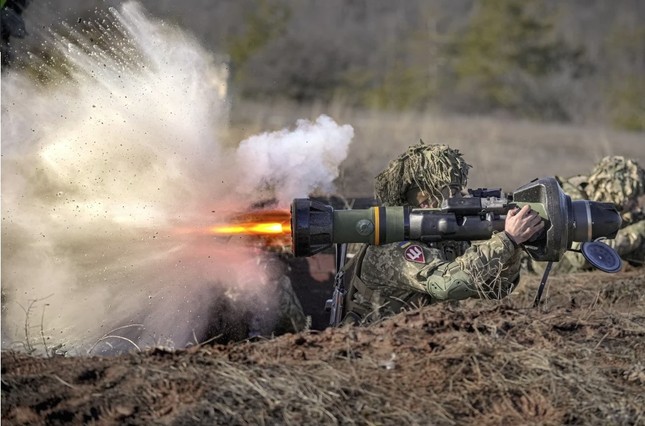
Ukrainian soldiers fire an NLAW anti-tank weapon in the Donetsk region, Ukraine. Photo: AP
“Many arms companies face obstacles in increasing production for periods of high-intensity warfare,” explains Lucie Béraud-Sudreau, director of SIPRI’s Arms Production and Military Expenditure Programme.
According to SIPRI data, the 2022 revenue of 42 US companies on the list (accounting for 51% of total arms sales) fell by 7.9% to $302 billion. Of these, 32 companies recorded a year-on-year decline in arms sales, mostly due to supply chain problems and labor shortages following the COVID-19 pandemic.
“We are starting to see a new wave of orders related to the conflict in Ukraine,” said Nan Tian, a senior researcher at SIPRI.
Accordingly, a number of large US companies, including Lockheed Martin and Raytheon Technologies, have received a sharp increase in the number of orders. However, due to the backlog of orders and difficulties in boosting production, revenue from these orders will only be reflected in the company's financial statements in the next 2 to 3 years.
Meanwhile, arms sales by companies in Asia and the Middle East increased significantly in 2022, demonstrating “the ability to meet a sharp increase in demand in a short period of time”.
Despite the year-on-year decline, the Top 100's total arms sales in 2022 were still 14% higher than in 2015 – the first year SIPRI included Chinese companies in the rankings.
“However, new contracts have been signed, especially for ammunition, which are expected to bring in higher revenues in 2023 and beyond,” said Béraud-Sudreau.
Hoai Phuong (according to AP)
Source







![[Photo] Binh Trieu 1 Bridge has been completed, raised by 1.1m, and will open to traffic at the end of November.](https://vphoto.vietnam.vn/thumb/1200x675/vietnam/resource/IMAGE/2025/10/2/a6549e2a3b5848a1ba76a1ded6141fae)
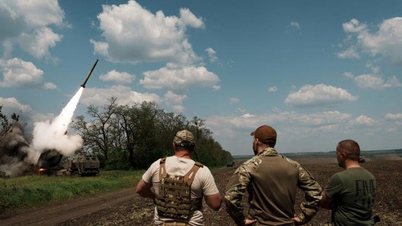

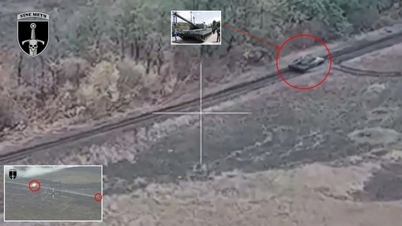


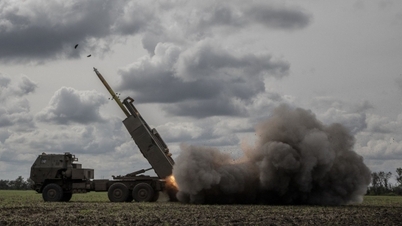
































































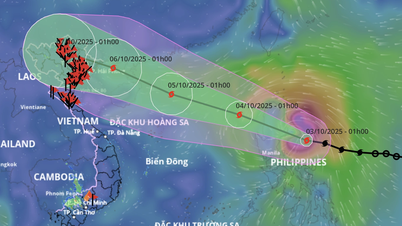































Comment (0)